With great fanfare, on August 2, 2022 the town of Savusavu “unveiled” its long simmering hot springs, national treasure, that until recently didn’t get much respect.
I’m talking about the Nakama Hot Springs located in the center of Savusavu, which have been gurgling piping hot water and emitting steam for centuries.
Until recently only a handful of villagers, who have used the thermal springs as a sort of natural cauldron to cook dalo or other food, have paid much attention to this geologic wonder. With its new makeover, Nakama Hot Springs has become the town’s major tourist attraction.
Strolling through town it’s hard for visitors to ignore vapors rising mysteriously from roadside, creating a surreal landscape. The hot springs, gushing from the bowels of the earth, were always a kind of sideshow and deserved to be a main attraction.
That day has finally arrived.
A long deserved makeover for Savusavu
Thanks to a F$75,000 project orchestrated by the Blue Town Committee and promoted by the Savusavu Tourism Association, the area occupied by the springs (near the Hot Springs Hotel) has been “smartened up” with landscaping, stone walls, signage, steps and drains around the springs. Three open-sided bures afford shade and seating for visitors, and signage explains the geological forces at work.
And yes, locals can still cook their food on the premises and even sell locally prepared dishes.
The project was funded by the Commonwealth Local Government Fund. inspired Savusavu Blue Town Committee which combined the forces of the Town Council, the Savusavu Chamber of Commerce, the Savusavu Tourism Association and various other community stakeholders. Funding was provided by the Commonwealth Local Government Fund and the Savusavu Town Council.
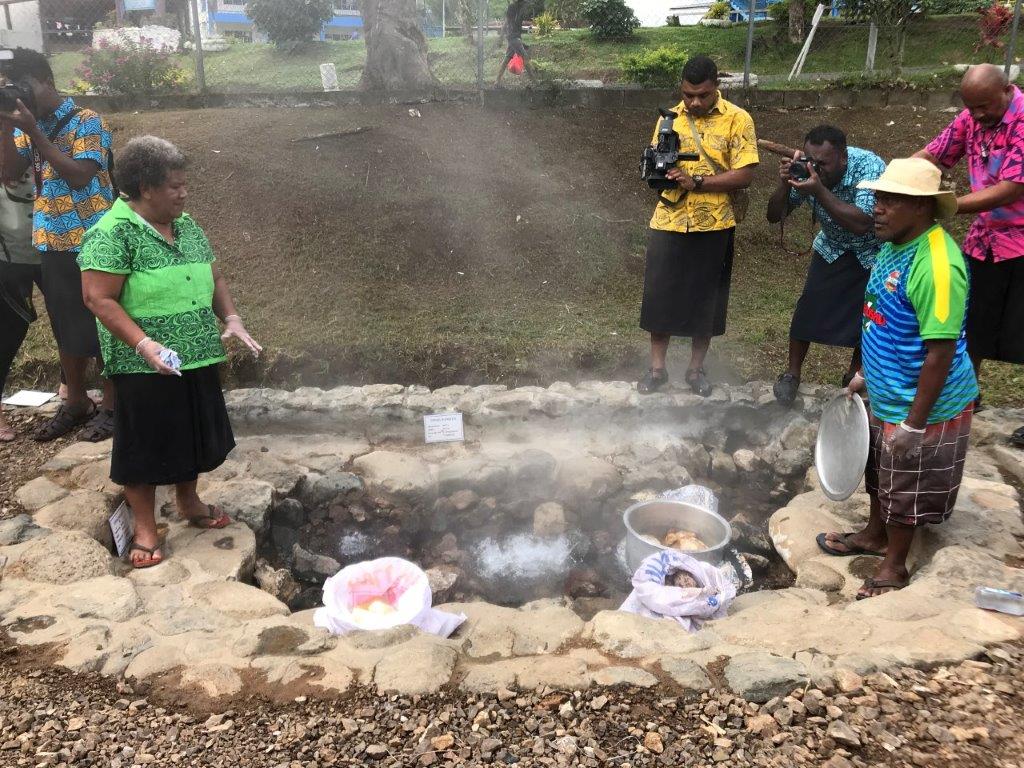
According to the Savusavu Tourism Association, there are plans leverage the springs as an educational asset for visiting school groups.
What to know about Nakama Hot Springs
Geologists tell us that at a mere 10,000 years of age, Vanua Levu, is geologically very young. Magnificent Savusavu Bay was formed from the caldera of a volcano and the town of Savusavu which sits on the bay’s shore, is at the very epicenter of the most active geothermal activity in Fiji.
So what’s the origin of the hot springs?
There are three major fault lines close to Savusavu which allow water to soak to depths where it’s geothermally heated by magma bodies (of varying depths) and rises to the surface to emerge as a hot spring. The water emerging from the Nakama hot springs has a comparatively very high temperatures – close to the boiling point of pure water (100 0 Celsius) — which suggests that the heat source is a magma body at great depth. Geologists believe but that the springs are recharged with sea water which seeps through a major fault line that runs off the coast on the eastern side of Savusavu Bay from the north east to the south west.
The Nakama hot springs also have high levels of sodium and chlorine. Other locations on Vanua Levu are fed through the ground and have waters high in sulphur.

Locals have cooked in the hot springs for time immemorial. Legend has it that if the springs are used for commercial purposes, their heat. During upgrade of the area, some speculated that the springs were not bubbling as vigorously as before. However these concerns were allayed as the new construction provided easier, safer access to the cooking areas.
A thumbs from the locals
The consensus among townsfolk was that rocks are far less slippery and the water is as scalding and effective as ever.
The bottom line is that geothermal activity is an everyday event in Savusavu and by utilizing Nakama Hot Springs as a tourist attraction the community will benefit from more visitors.
However, given Vanua Levu’s evolving geologic processes no one knows what the future will bring.
According to Geoff Taylor, a local geologist, entrepreneur, and member of the Blue Town Committee, Savusavu Bay was roiled by several geyser like eruptions in the early 1960s and could one day erupt again.
For the present time the town of Savusavu will no doubt enjoy the fruits of their labor.
************************
Nakama Hot Springs History
19th century – European settlers were told by the indigenous Fijians that the Nakama hot springs had existed in Savusavu for as long as they could remember. These hot springs were used to cook food as they still are today.
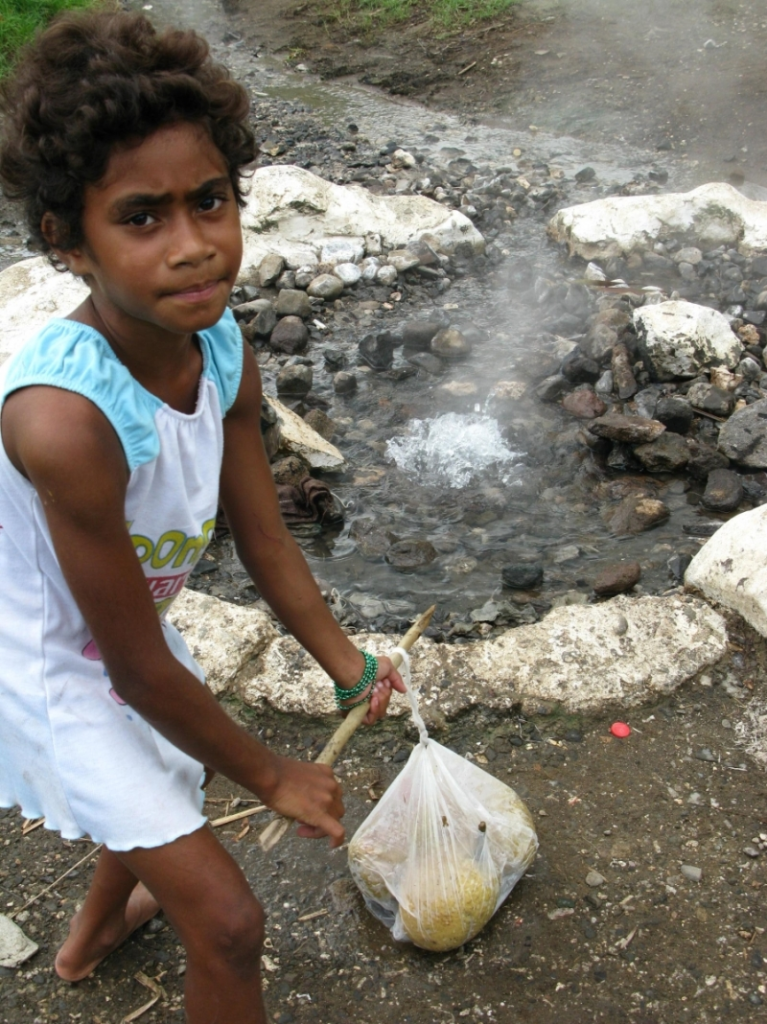
1864 – The first scientific description of the Savusavu hot springs was by the prominent American geologist, James D. Dana, based on information provided by members of the United States Exploring Expedition. The springs were said to behave like small geysers – “boiling fountains”. There were five boiling springs with jets of water and one mud pool. Water from the springs was observed to form a boiling pool with a stream leaving it.
1876 – Constance Gordon-Cumming, a Scotland-born female travel writer and artist, was invited to travel to Fiji with Lady Gordon and her husband, Sir Arthur Gordon, who had been appointed the first governor after Fiji’s cession to Britain in 1874. Gordon-Cumming mentions three springs with intermittent fountains in her writings. The height of the springs was observed to be between 60 and 90 cm, recurring every 20 minutes.
1878 – John Horne, a Scottish botanist selected as part of a group of officials by Sir Arthur Gordon to accompany him in Fiji, described jets of boiling water up to 30 cm high.
1898 – H. B. Guppy, a British surgeon, geologist, botanist and photographer, observed the Savusavu hot springs behaving as true geysers – spouting 12 to 18 meters high for intervals of 10 to 20 minutes with a silent period in between. This activity lasted several months before the hot springs returned to their normal bubbling.
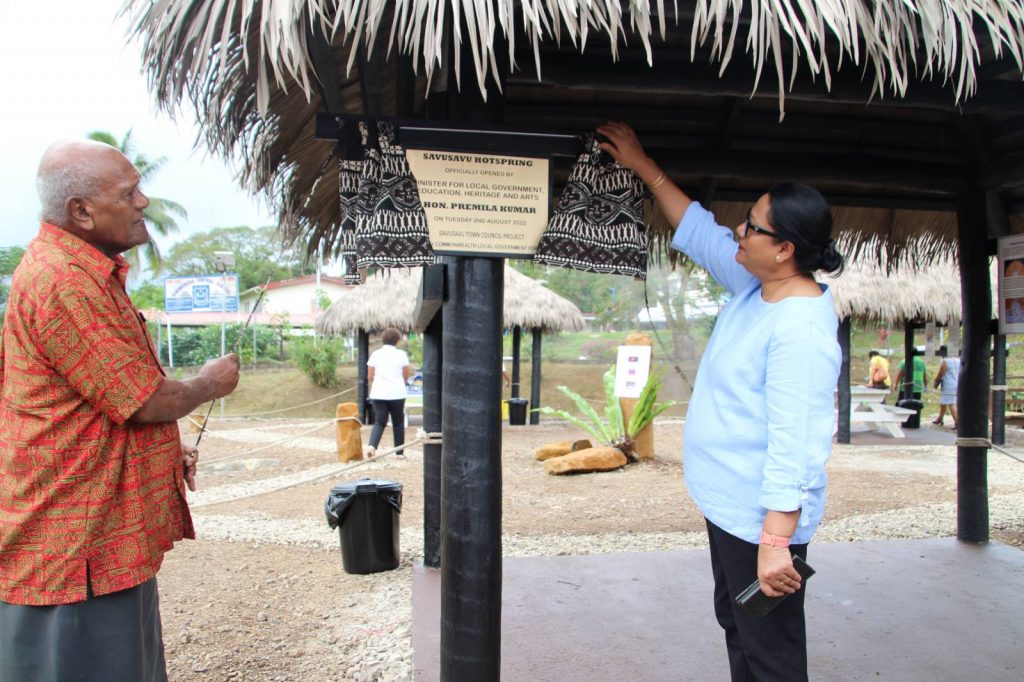
1958 – 3 km NNE of Savusavu town, three to four water spouts up to 30 metres in height occurred for a period of several hours.
1961 – In Savusavu Bay, about 8 km due west of the town, four or five columns of water and steam rising from the sea to a height of 15 meterss were observed over 3 consecutive days. The activity took place intermittently for periods exceeding 2 hours with individual water columns lasting 10 to 15 minutes. The cause of this phenomenon is unknown as there was no seismic (earthquake) activity recorded at the time or any other known reason for these springs to suddenly erupt from the floor of Savusavu Bay.
In the same year, small experimental plants for producing salt by the evaporation of sea water using surface geothermal heat were tested near the Nakama hot springs and produced a satisfactory salt of 97% NaCl.
2019 – a bathymetric survey of Nakama creek indicated eight undersea hot springs close to Nawi Island. Surveys are yet to be undertaken to determine whether these springs are active or dormant. During excavation a 20-metre diameter collapse occurred on the margin of the drained lagoon.




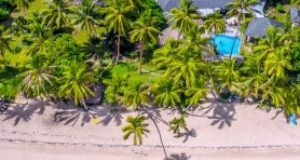
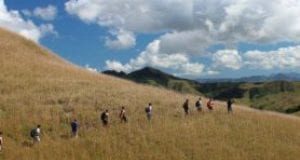
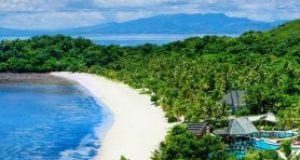
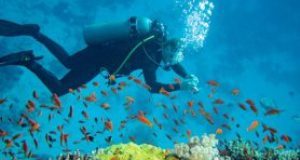
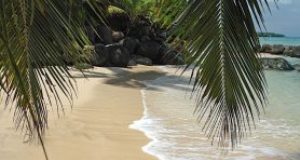
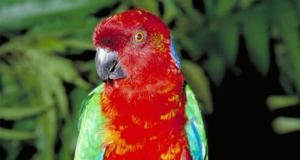
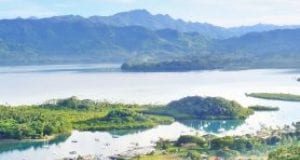

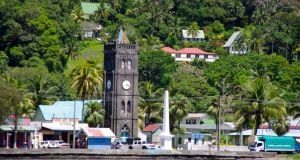
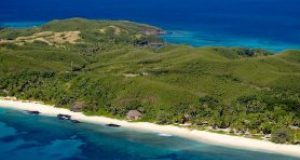





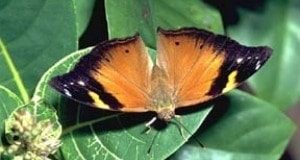



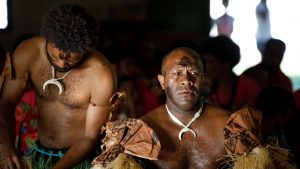
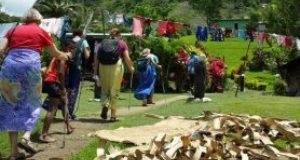

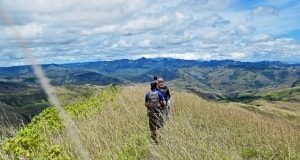
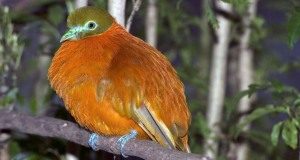

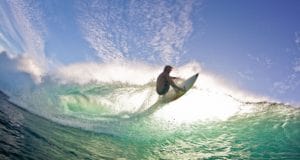


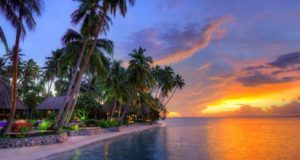



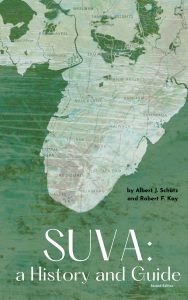


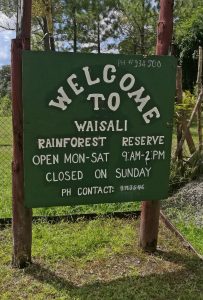
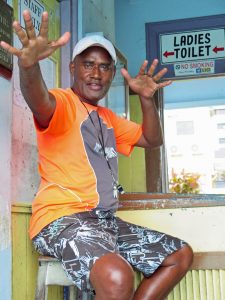
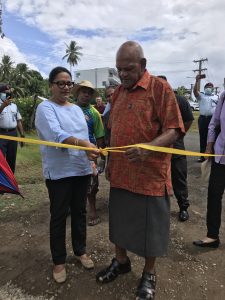





Leave a reply